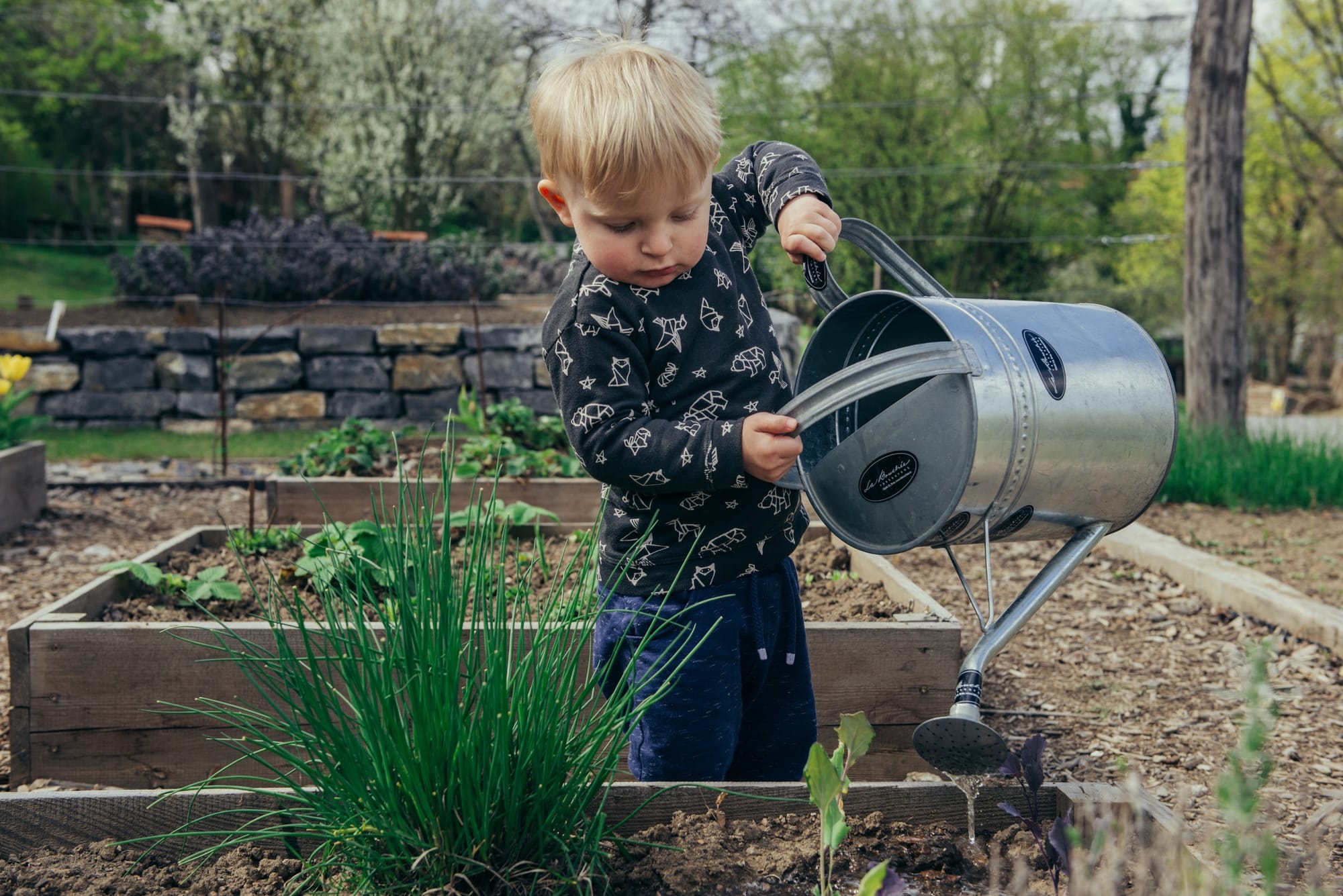Spring Action Plan

When the days begin to get a little longer and the hope of spring arises, we are ready to button up some plans. What do you already know and what would you like to try? Questions to ask yourself are:
What will I plant this year? What do you and your family love? What do you buy often from the grocery store or farmers’ market? Are herbs and flowers important to you?
How many do I need? In most cases, just a few. You will not need to plant an entire packet of anything unless you have a large family or plan to sell some of your produce. It is best not to overwhelm yourself and to grow with the seasons and as knowledge increases.
Where will I plant it? Hopefully you have been observant and know where most of the sunshine falls in your space. Most vegetables need 6 hours of sunlight to thrive. Other things, such as lettuce or spinach can take more shade so save the spots with less sun for these. Fully shady areas are not good for vegetables. If you are planting in pots or grow boxes, you can move things around if needed.
What materials do I need? If you are planting in ground, you won’t need much. However, some people like raised beds (A wooden or medal edge) and so soil will have to be added. If you are growing in pots and boxes, you will need to collect those vessels. Where money is an issue, plastic milk jugs and food containers with holes punched in the bottoms for drainage would work just fine too.
Will I buy starts or seeds? Started plants abound in the big box stores and groceries as well as farmers’ markets. If you are only getting a few, this can be economical. If, however, you want to be able to choose from a larger variety or you just want more plants, seeds are the way to go. You can start them in potting soil and cell trays or in toilet paper tubes, paper pots or yogurt containers. If starting early inside, you will need grow lights, LED or fluorescent, as there is not enough light in most homes to be sufficient.
Do I need additional information? (Feel free to write to me with any questions you might have) If you have never grown an eggplant or fennel, you may need to inform yourself of what those plants need to thrive. Library books, YouTube, and the internet in general, are going to be great sources of information. Just be sure to check several articles so you get a good, solid base of knowledge. Not everything on the internet is trustworthy.
Whatever pots or bed spaces you may have should be cleared of leaf litter and weeds and lightly raked over to prepare for planting. Giving them a dose of organic fertilizer or a one-inch deep layer of compost is a good idea as well. If you are planning on additional bed space, try starting with corrugated cardboard right over the grass and weeds, or a thick layer of dampened newspaper, to smother weeds. Top this with 6+ inches of bagged garden soil, top soil and composted manure so they don’t blow around and also so you can plant straight away. Grass and weeds will die, cardboard will break down and all will feed the soil.
Remember you will need to water your plants, so locate your garden near an easy water source. When they are young, the seedlings need constant access to damp soil and though spring can be wet in many regions, you will probably need to supplement fairly regularly with hand or hose watering. I prefer to use a two-gallon watering can so I can keep track of how much water each area is getting. But a hose will work too. Be sure to check that the water has gone down into the soil and is not just at the upper most surface, where it will do little good.
The last thing to remember is, the garden needs your presence to give its best. Walk through and look at the growing things, pinch off old leaves, pull the odd weed and observe what is happening. Does this plant need a stake to help keep it erect? Are the beans ready for picking? Have the garlic begun to fall over yet? Are young potatoes sticking out above the soil? These are things you cannot know if you are not actively looking at the garden frequently. So, remember, the gardener is an essential part of the garden.
- By Jenny Folk
- Check us out on Facebook, Instagram and Tiktok under Abundance and Diversity


